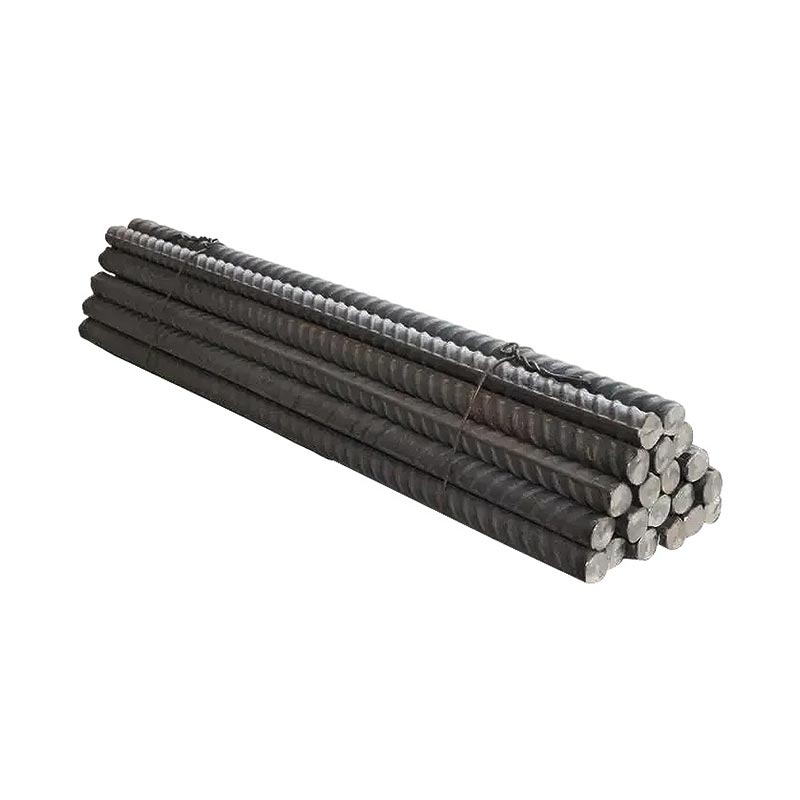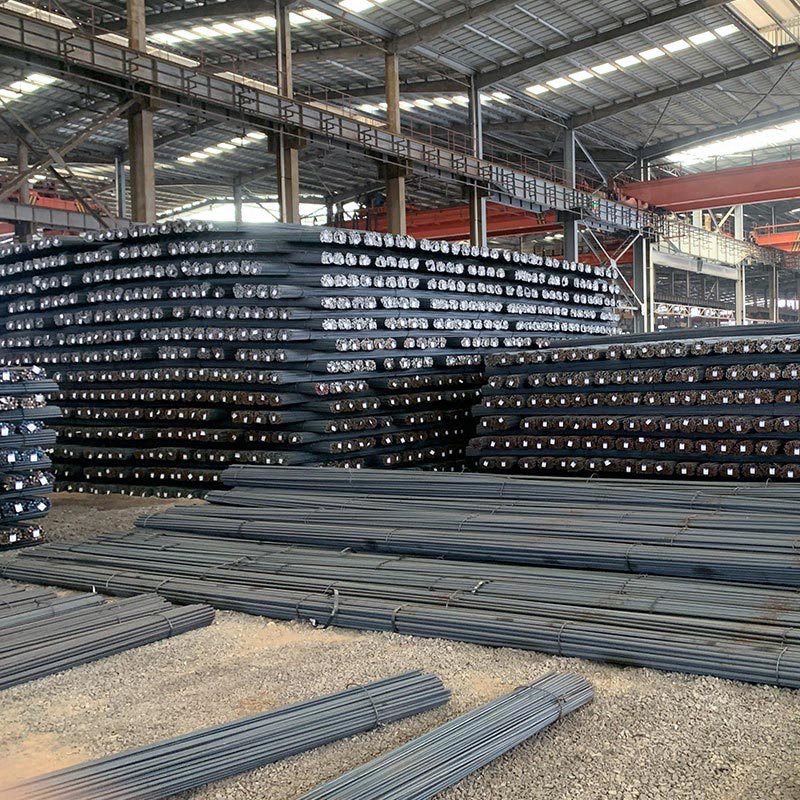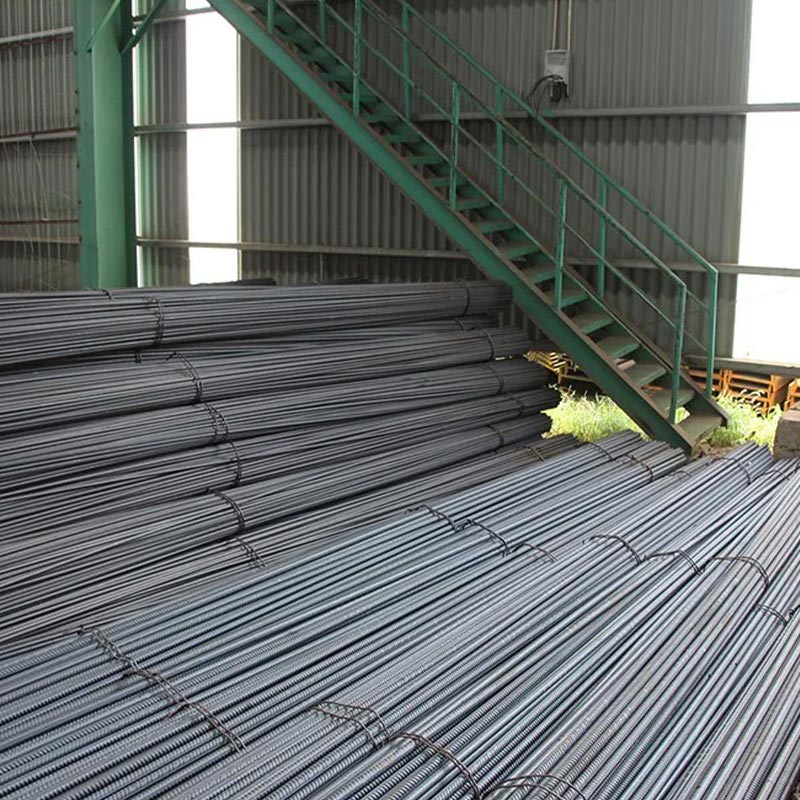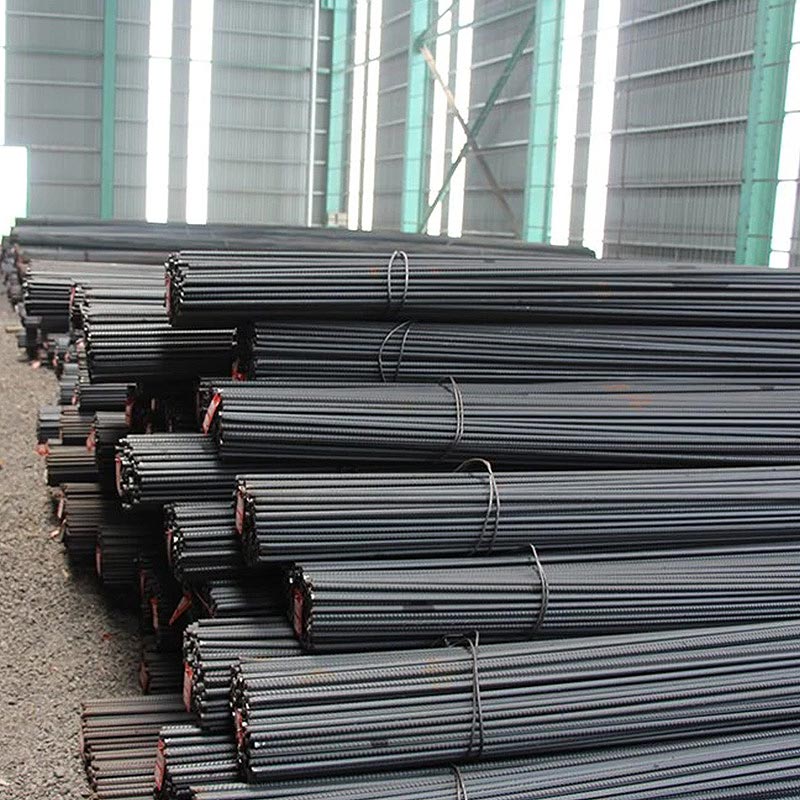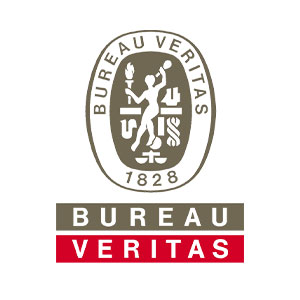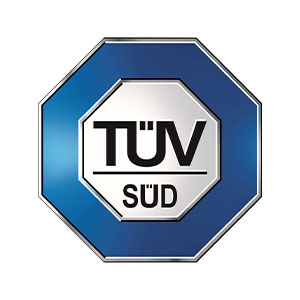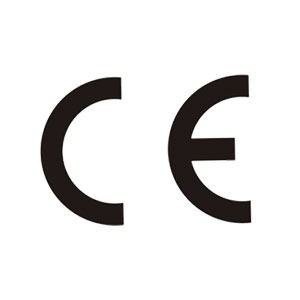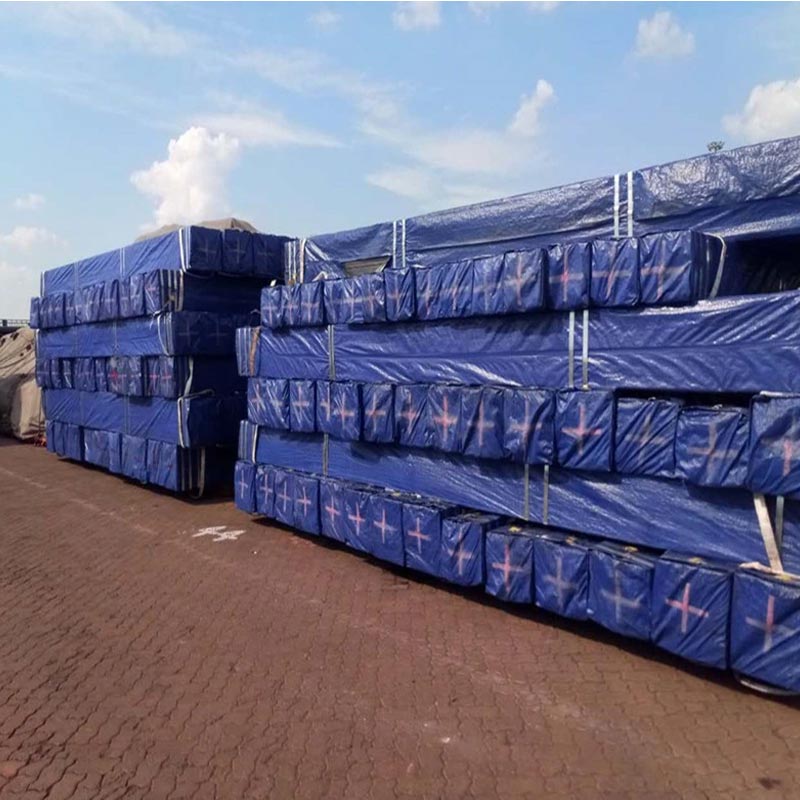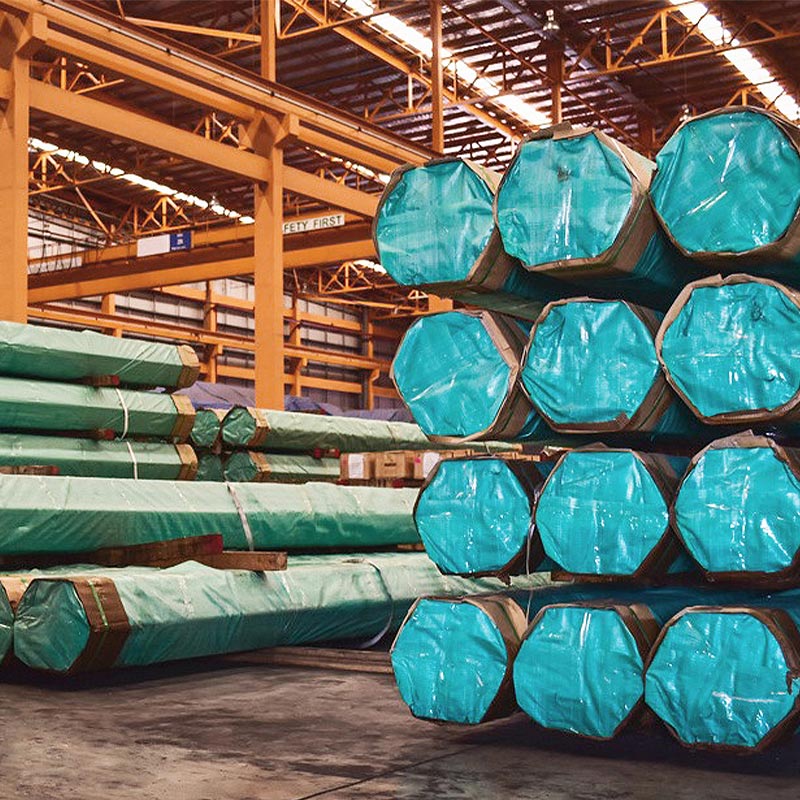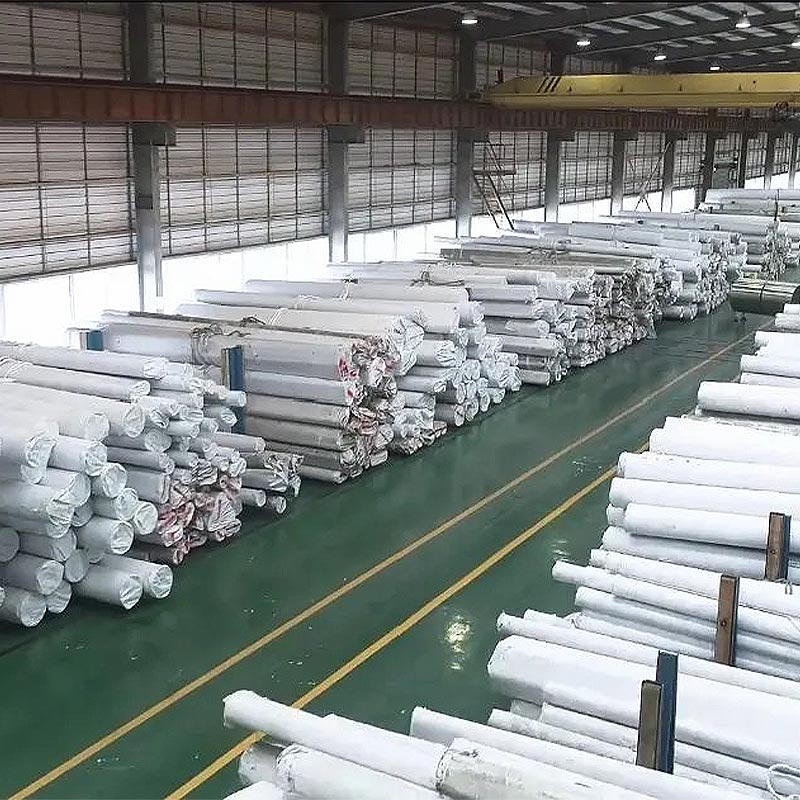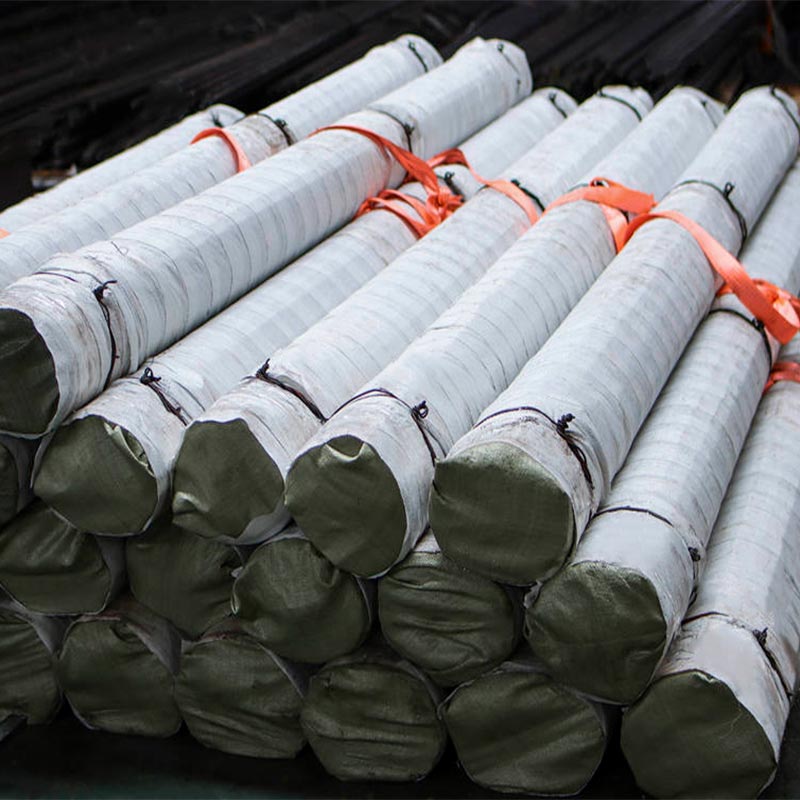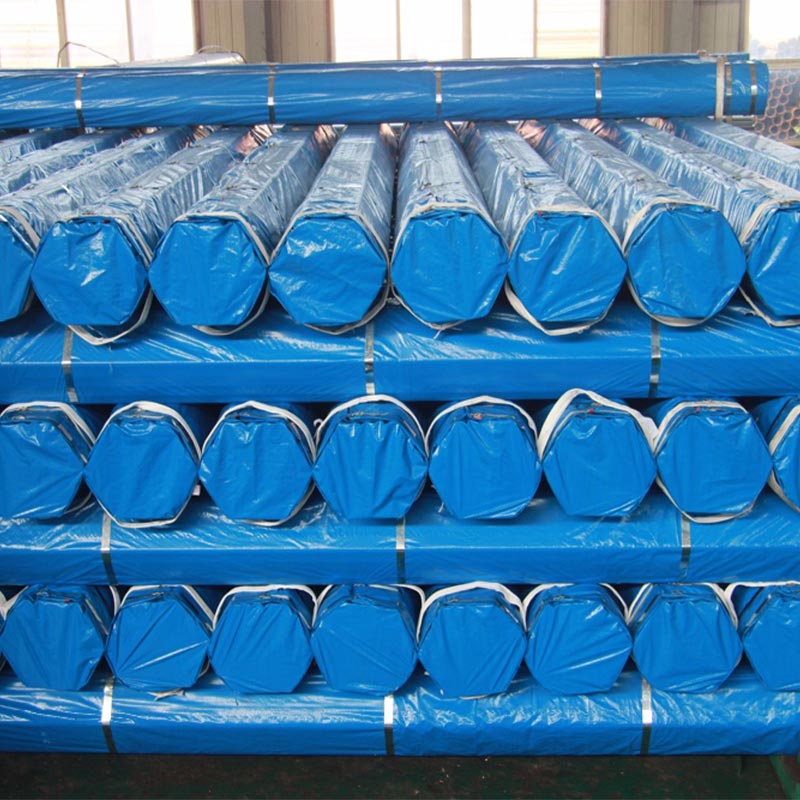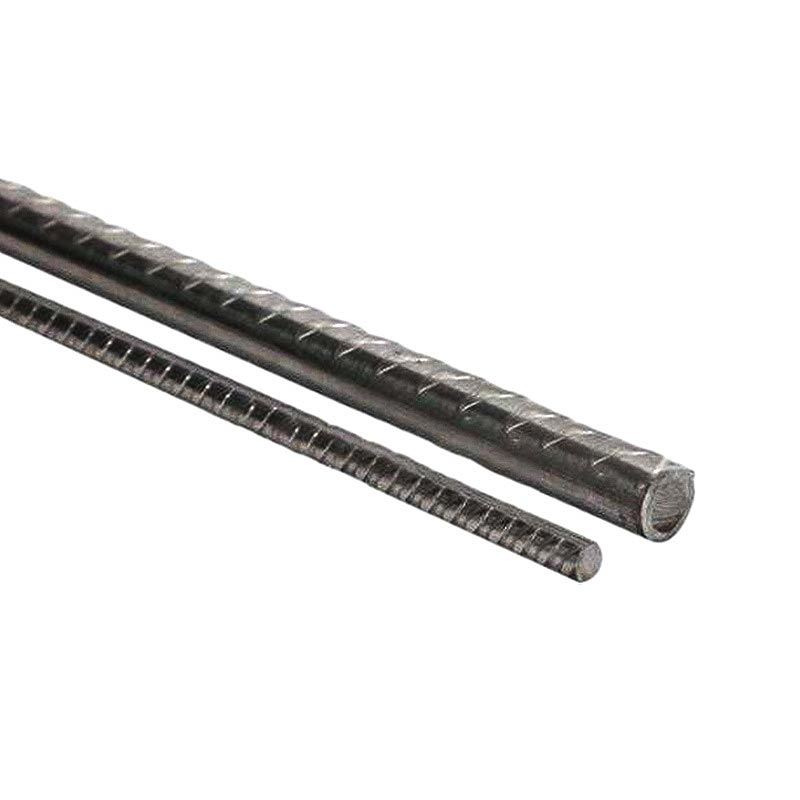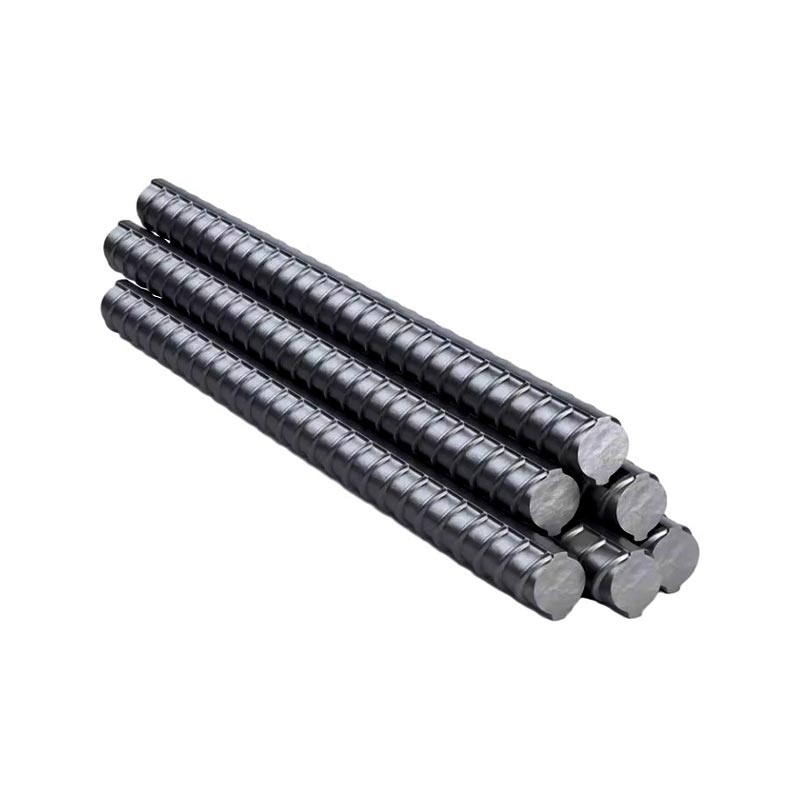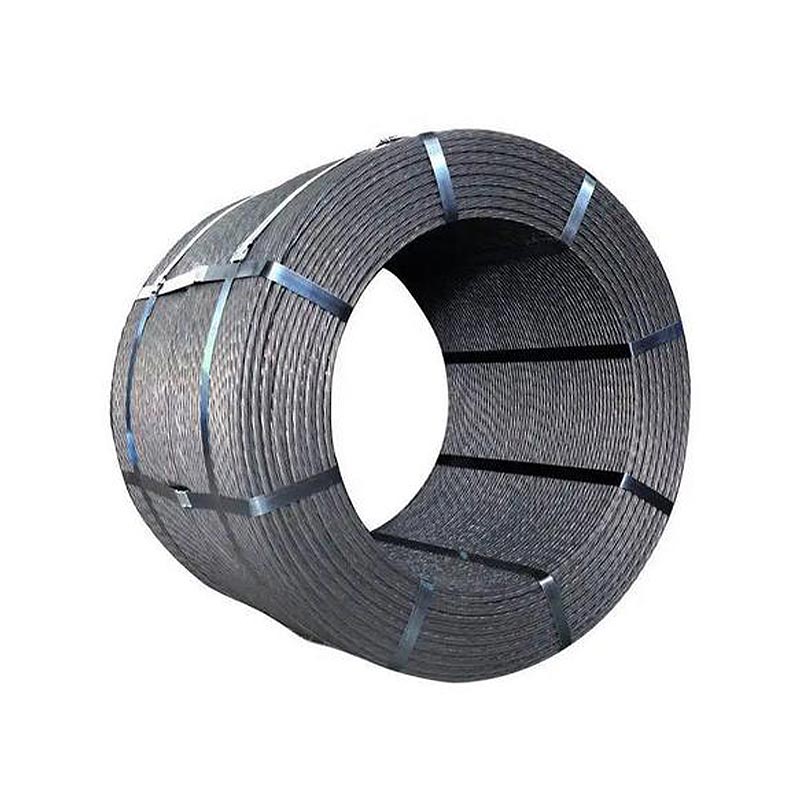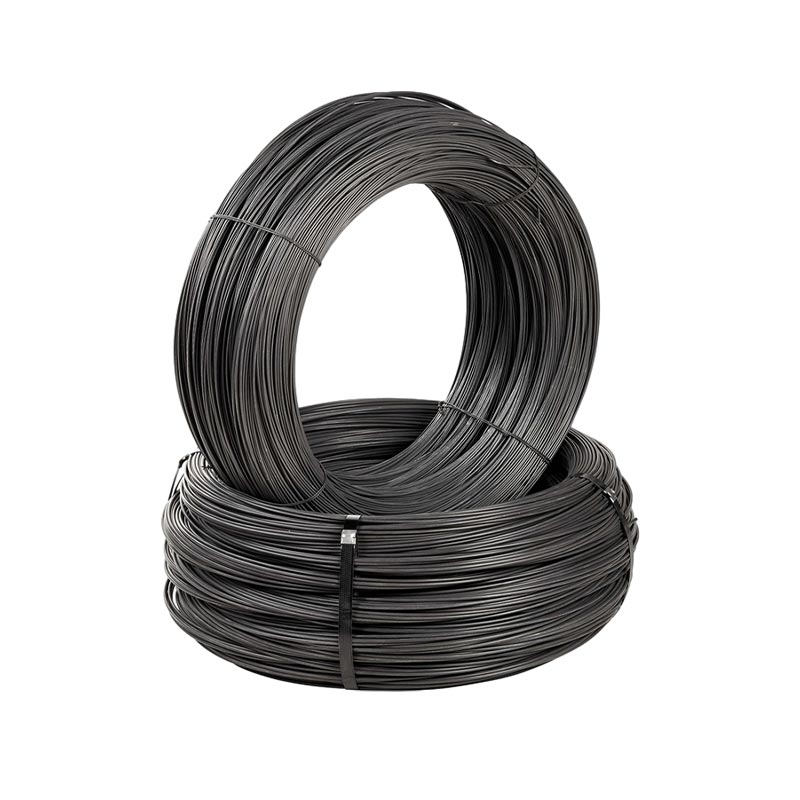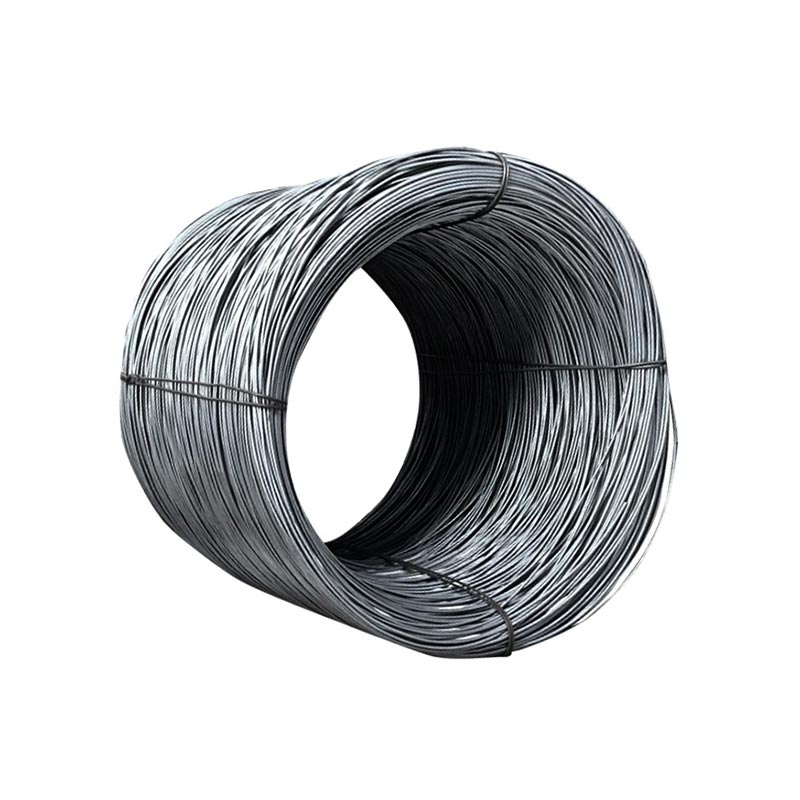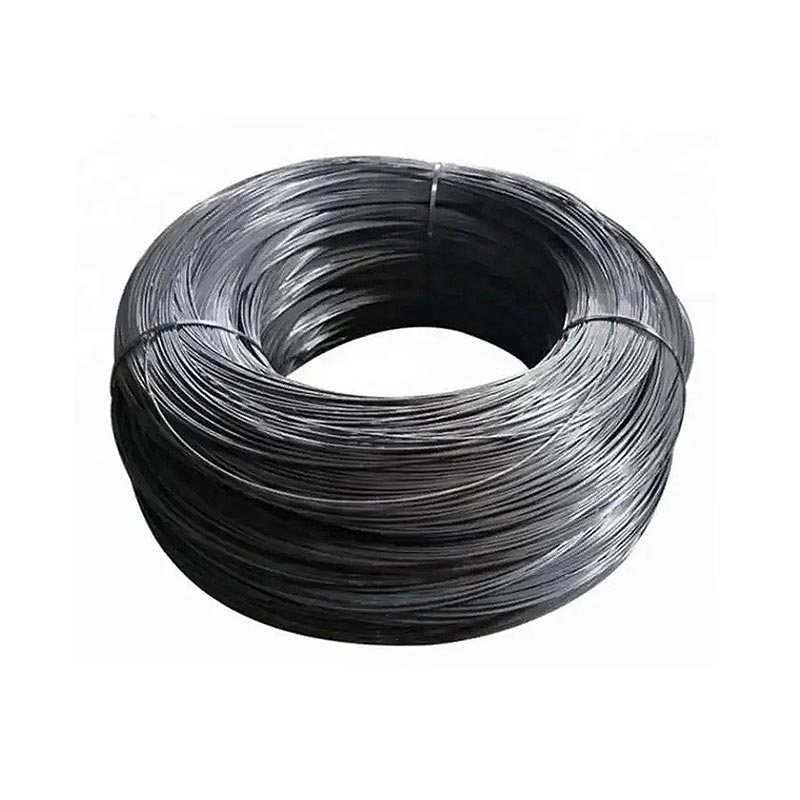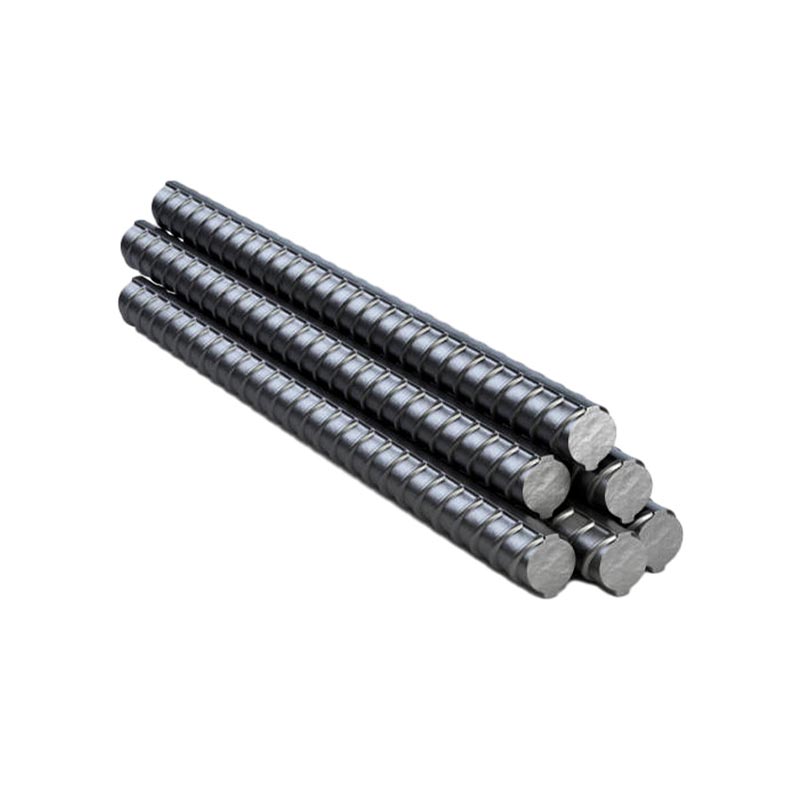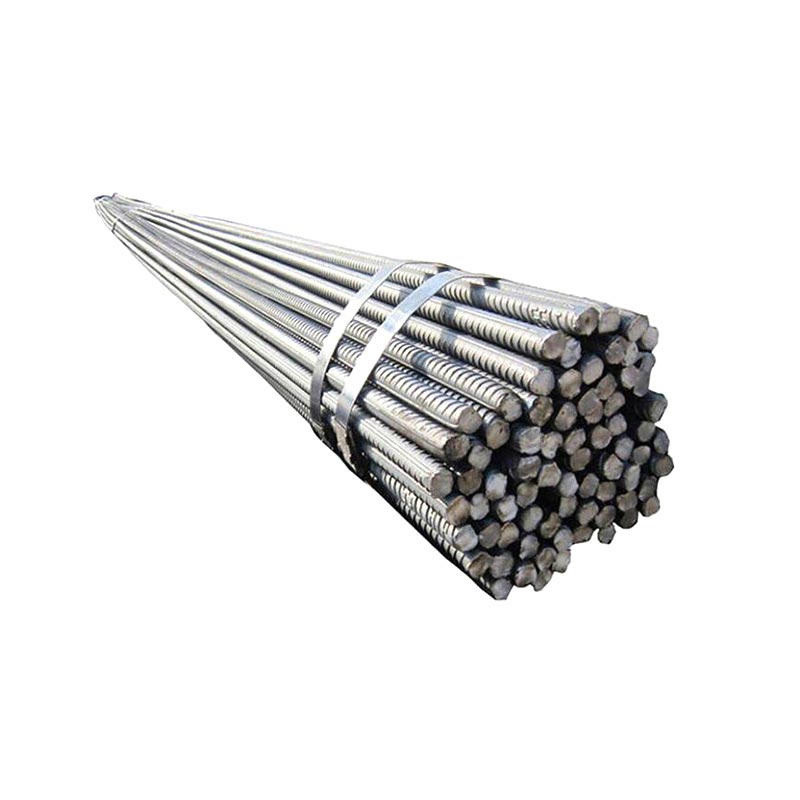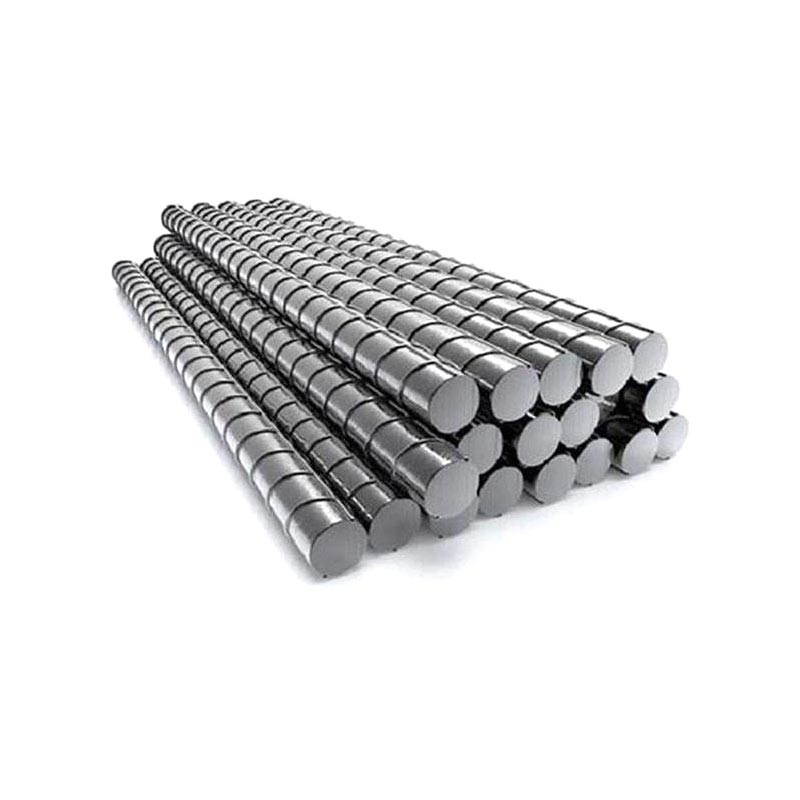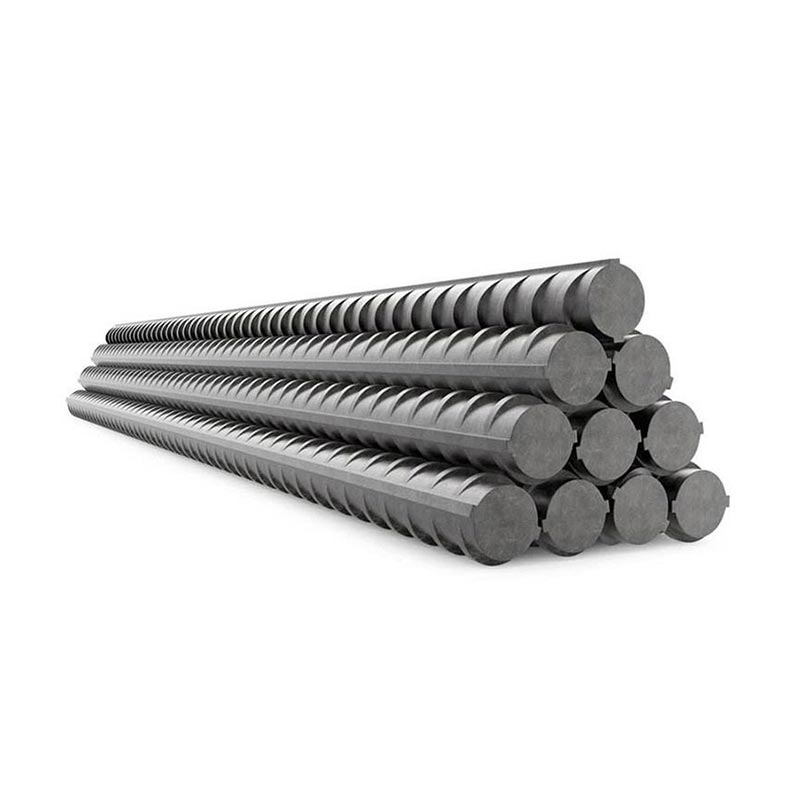Steel Rebar
● Steel rebar, short for reinforcing bar, is a steel rod used to strengthen concrete structures. Made primarily from carbon steel, it features ridges or deformations on its surface to bond tightly with concrete.
● Classified by strength and composition, common grades include ASTM A615 (carbon steel) and A706 (low-alloy). It enhances concrete’s tensile strength—critical since concrete is strong in compression but weak in tension.
● Widely used in construction for buildings, bridges, roads, and foundations, rebar comes in various diameters and lengths. It’s often tied into grids before concrete pouring, ensuring structural integrity under stress, loads, or environmental forces.
View Video
B500 Steel Reinforcement
B500 Steel Reinforcement is a high-strength steel product used to reinforce concrete structures, commonly specified in European standards. With a minimum yield strength of 500 MPa, it offers excellent tensile performance, enhancing structural durability and load-bearing capacity. Available as bars or coils, it features a deformed surface to ensure strong bonding with concrete, preventing slippage under stress. Widely used in buildings, bridges, and infrastructure, it balances strength with good ductility, allowing flexibility in fabrication. Suitable for both precast and in-situ construction, it meets strict quality standards, providing reliable reinforcement for projects requiring robust, long-lasting structural support.
Get A Quick Quote!
You Can Leave Us A Message
or Send Us An Email!
Product Details
Product Parameters
Packaging and Transportation
Related Products
Leave Us Message
Please give us a message
What are you lookking for?

